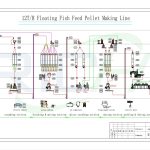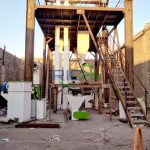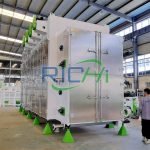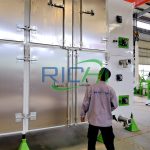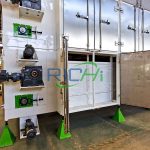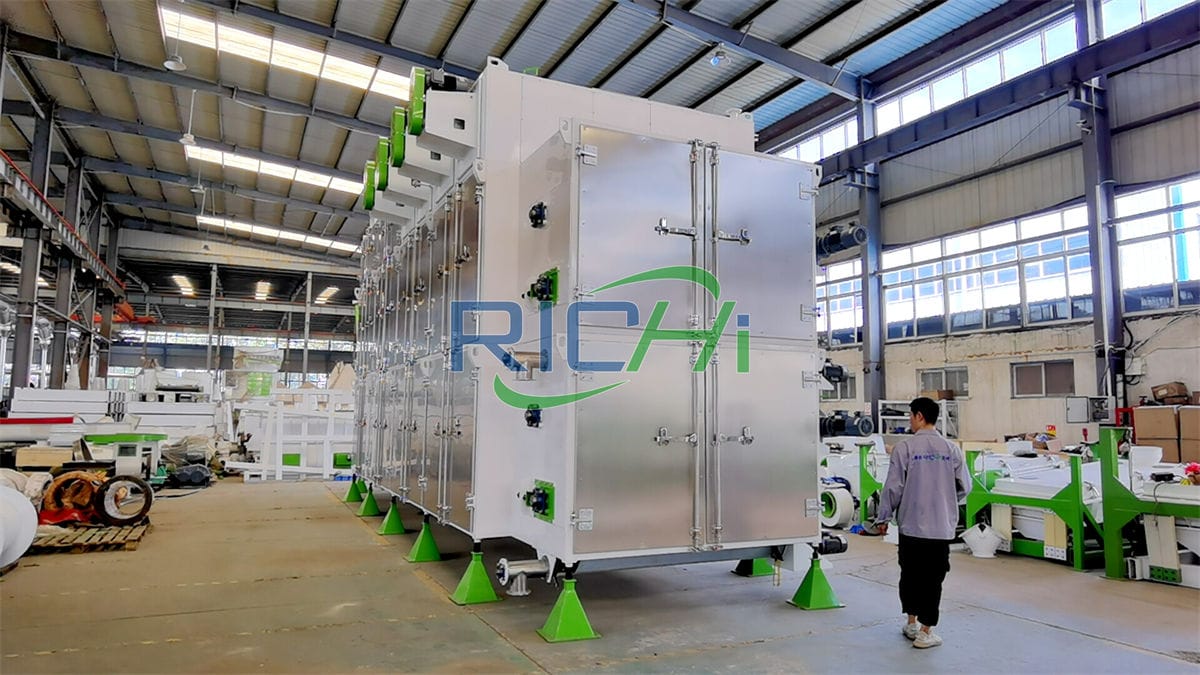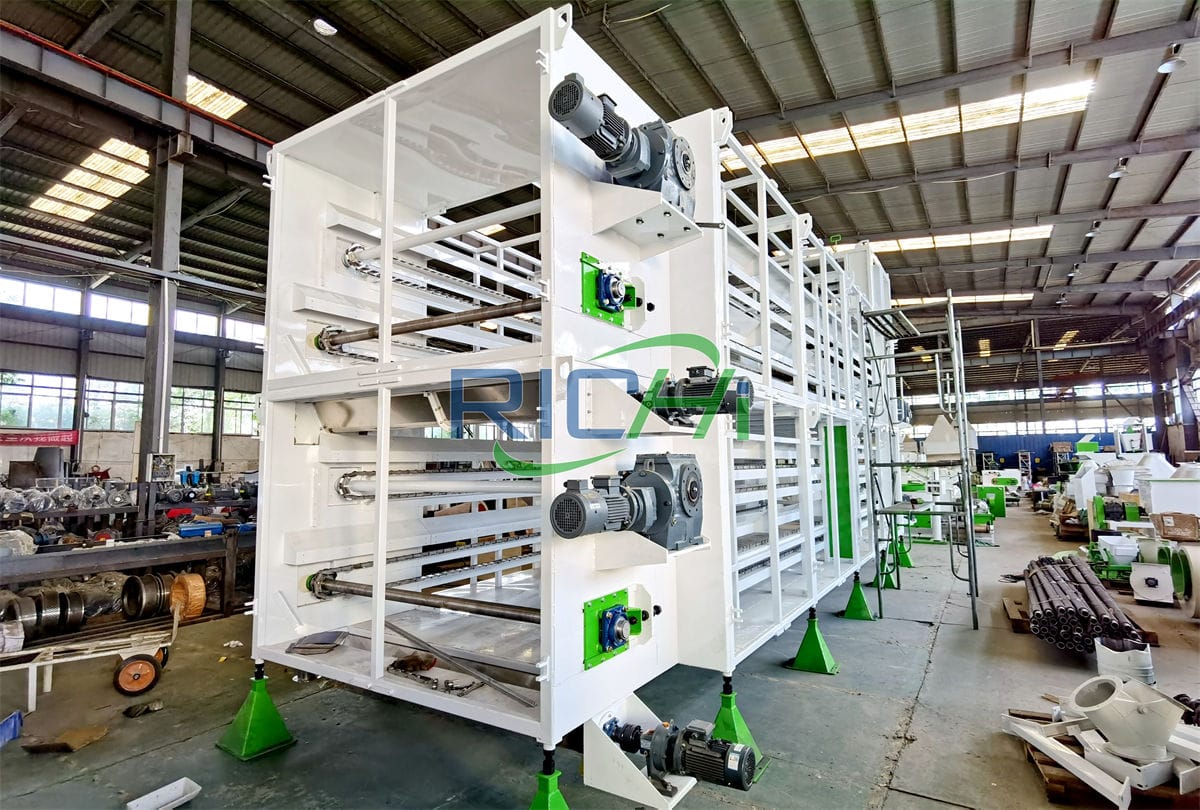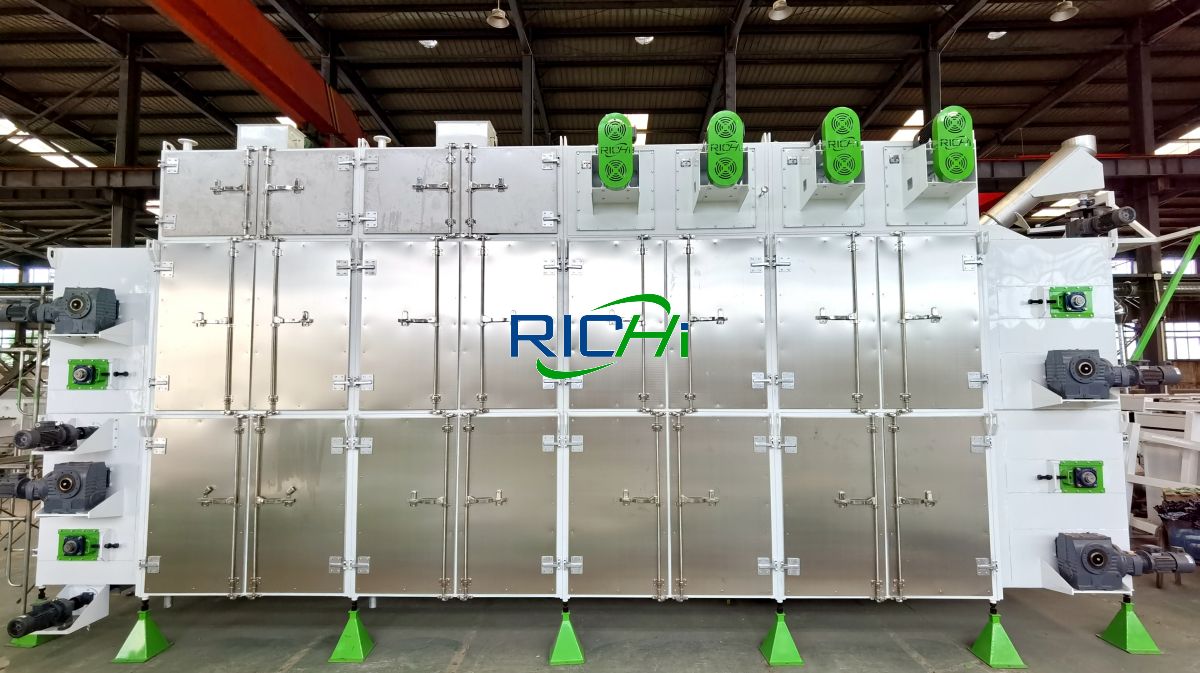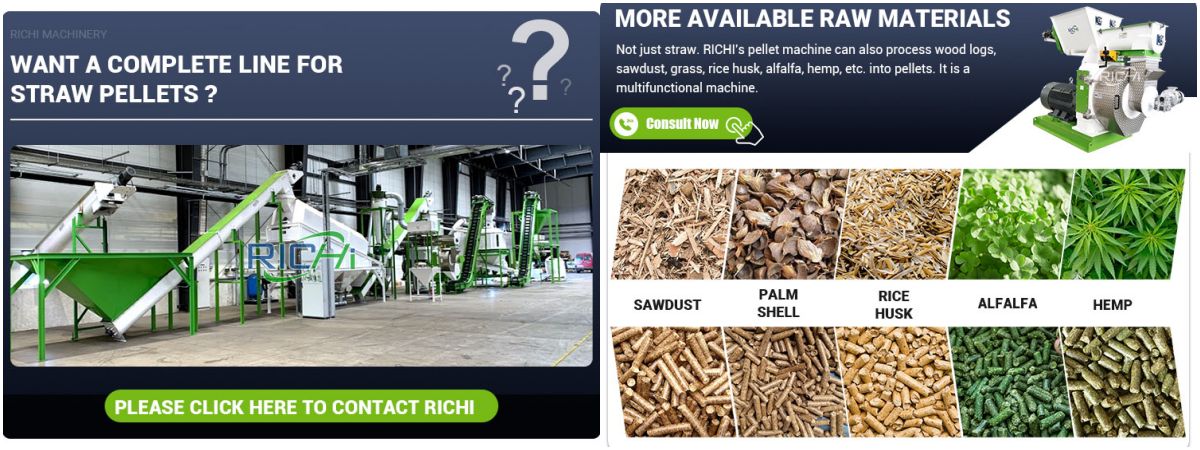Mesh belt dryers are essential for efficiently drying various materials, including food products, chemicals, and biomass. The effectiveness of these dryers largely depends on the quality of their accessories, which include components such as the mesh belt, heating system, fan system, control system, and cooling system. Verifying the quality of these accessories during actual production is crucial for ensuring optimal performance, reducing operational costs, and maintaining product quality. This article outlines key methods for assessing the quality of mesh belt dryer accessories in a production environment.
1. Regular Visual Inspections
Visual inspections are the first step in verifying the quality of mesh belt dryer accessories. Regular checks can help identify potential issues before they escalate into significant problems.
- Mesh Belt Condition: Inspect the mesh belt for signs of wear, such as fraying, tears, or deformation. A damaged belt can lead to uneven drying and increased energy consumption. Ensure that the belt is properly tensioned and aligned to prevent slippage.
- Heating Elements: Examine the heating elements for any signs of damage or corrosion. Ensure that they are functioning correctly and providing consistent heat. Any irregularities in heating can lead to uneven drying and affect product quality.
- Fan System: Check the fan blades for damage and ensure that they are clean and free of obstructions. A well-maintained fan system is essential for proper airflow, which is critical for uniform drying. (Related post: Fish Feed Dryer Machine)
2. Performance Monitoring
Monitoring the performance of the mesh belt dryer and its accessories is essential for verifying quality during production.
- Temperature and Humidity Control: Utilize the control system to monitor temperature and humidity levels throughout the drying process. Consistent temperature and humidity readings indicate that the heating and cooling systems are functioning effectively. Any fluctuations may signal issues with the heating elements or airflow.
- Airflow Measurement: Measure the airflow rate using an anemometer to ensure that the fan system is delivering the required airflow. Adequate airflow is crucial for maintaining drying efficiency and preventing overheating of the material.
- Drying Time Analysis: Track the drying times for various materials. If drying times are consistently longer than expected, it may indicate problems with the heating system, airflow, or material distribution on the belt.

3. Testing Product Quality
The quality of the dried product is a direct reflection of the performance of the mesh belt dryer and its accessories.
- Moisture Content Testing: Regularly test the moisture content of the dried product using moisture meters. Consistent moisture levels within the desired range indicate that the dryer is functioning effectively. If moisture levels are too high or too low, it may suggest issues with the heating or cooling systems.
- Physical Inspection of Dried Products: Conduct visual inspections of the dried products for consistency in color, texture, and appearance. Any irregularities may indicate uneven drying caused by malfunctioning accessories.
- Durability Testing: Assess the durability of the dried product by performing handling tests. High-quality dried products should maintain their integrity during handling and transportation. Products that crumble or break easily may indicate inadequate drying or poor-quality accessories.
4. Maintenance Records and History
Maintaining detailed records of inspections, maintenance, and repairs can help verify the quality of mesh belt dryer accessories over time.
- Scheduled Maintenance: Implement a preventive maintenance schedule that includes regular inspections and servicing of all accessories. Keeping track of maintenance activities can help identify patterns or recurring issues that may indicate a decline in accessory quality.
- Replacement History: Document any replacements of accessories, including the reasons for replacement and the performance of the new components. This information can help assess the reliability of different brands and models of accessories.
5. Supplier and Manufacturer Evaluation
The quality of accessories is often tied to the reputation of the suppliers and manufacturers. Evaluating these sources is essential for ensuring quality.
- Research Supplier Reputation: Investigate the reputation of suppliers and manufacturers by reading customer reviews, testimonials, and case studies. Reliable suppliers should have a track record of providing high-quality components and excellent customer service.
- Certifications and Standards: Check if the accessories meet relevant industry standards and certifications. Compliance with quality standards, such as ISO or CE certifications, can be an indicator of the reliability and quality of the components.
- Warranty and Support: Assess the warranty and after-sales support offered by suppliers. A strong warranty and responsive customer support can provide peace of mind and assistance in case of issues with the accessories.
6. Training and Operator Awareness
Ensuring that operators are well-trained and aware of the importance of accessory quality is crucial for maintaining performance.
- Training Programs: Implement training programs for operators that cover proper handling, maintenance, and troubleshooting of the mesh belt dryer and its accessories. Well-informed operators are more likely to identify issues early and take appropriate action.
- Feedback Mechanisms: Establish feedback mechanisms that allow operators to report any concerns or observations regarding the performance of the dryer and its accessories. Encouraging open communication can help identify potential quality issues before they impact production.
Conclusion
Verifying the quality of accessories in a mesh belt dryer during actual production is essential for ensuring optimal performance, reducing operational costs, and maintaining product quality. By conducting regular visual inspections, monitoring performance, testing product quality, maintaining records, evaluating suppliers, and training operators, manufacturers can effectively assess the quality of their mesh belt dryer accessories.Investing in high-quality components and implementing best practices for maintenance and monitoring will contribute to the long-term success and sustainability of drying operations. As the demand for efficient drying solutions continues to grow, prioritizing the quality of mesh belt dryer accessories will be crucial for maintaining a competitive edge in the market. By focusing on these verification strategies, producers can enhance efficiency, reduce costs, and ensure the production of high-quality dried products.
